In the third installment of our raptor vocab series, we talk all about terms used to age an individual. If you get mixed up by terms like first year, hatch year, and juvenile, we are here to help!
Before you keep reading, we recommend you read the first two blogs in this series about anatomy and plumage—both of which will provide more background before we get into this set of terminology.
It is important to note that ornithologists use multiple systems to age birds and that there are many opinions about which is “best.” Here, we will mainly focus on the Bird Banding Lab Age Codes for North American raptors as well as a Plumage-based Age Class system, as these are the two you will most likely encounter if you visit a banding or hawkwatching operation in North America. Many of these definitions can be found in our In-hand Guide to Diurnal North American Raptors, which is a great resource for continuing your raptor identification education. Another aging system gaining traction amongst bird researchers is the WRP system, which focuses on molt-based classes and describes age groups based on what molt cycle a bird falls into. We won’t dive into that system here, but include the corresponding codes from that system in the caption of the photos below.
Bird Banding Lab (BBL) Age Codes
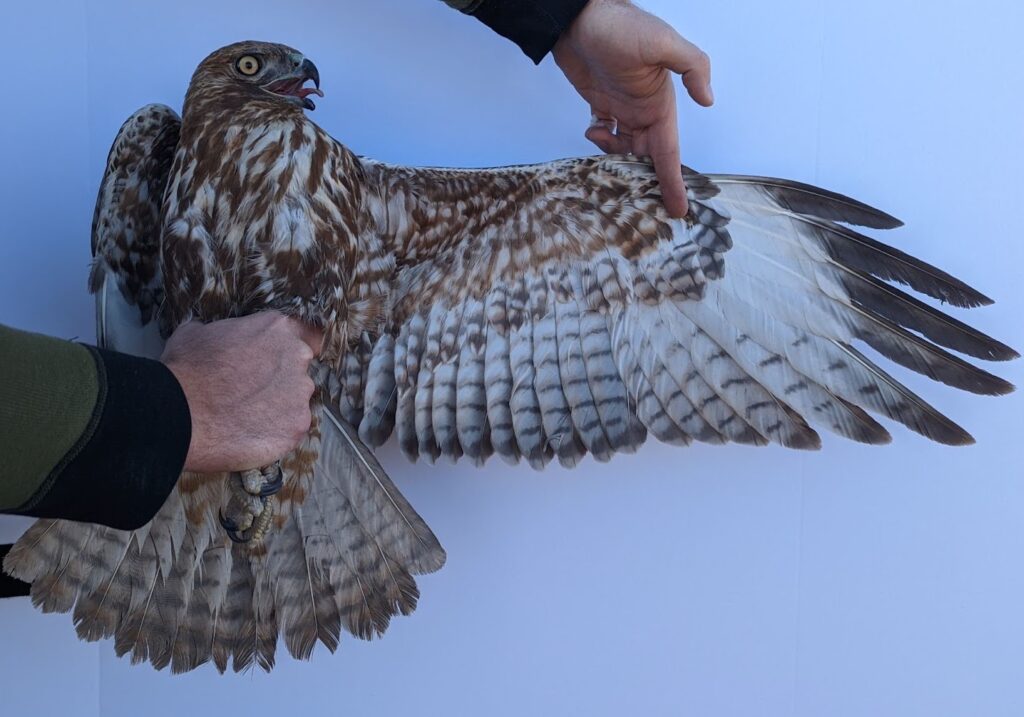
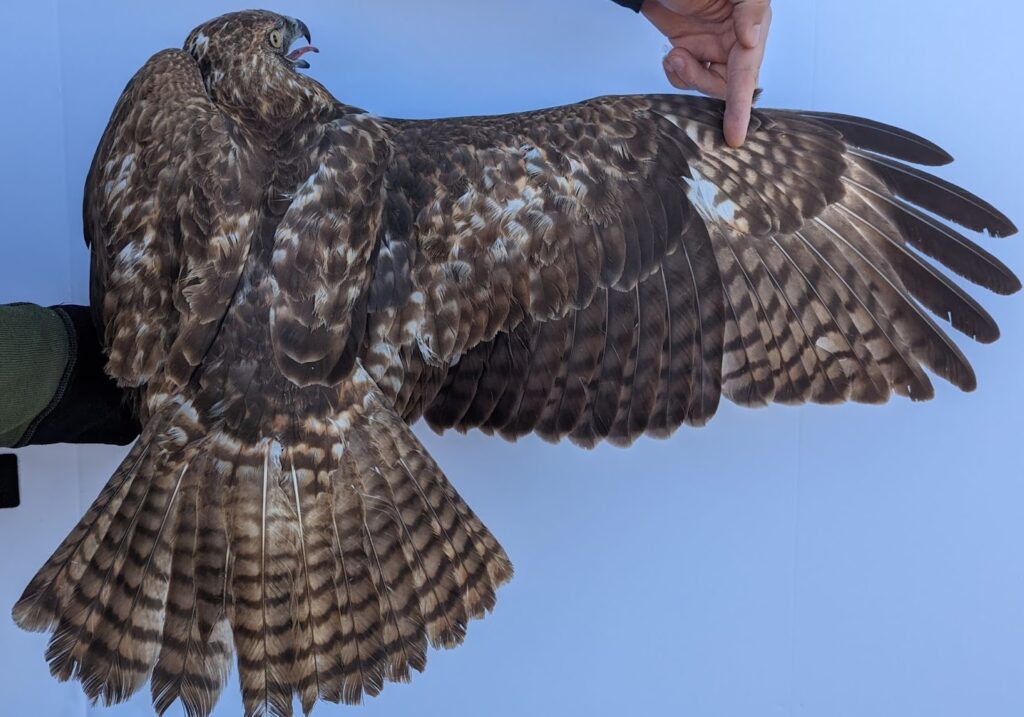
Juvenile (plumage based age class) or Hatch year (fall)/Second year (spring) Red-tailed Hawk. WRP code would be FCJ (First Cycle Juvenile). PC Jesse Watson.
Banders use these codes to assign specific calendar age of a bird based on plumage/molt when submitting bird banding data in North America to the Bird Banding Lab. The change in code occurs once we reach a new calendar year on January 1st. For example, an American Kestrel born in June 2022 is a hatch-year bird until January 1st 2023, when it (and all other banded birds hatched in 2022) will become a second-year bird. Even though the bird is still in its first year of life, the transition in classification is based on a calendar year. You may see a bird labeled as HY/SY within the In-hand Guide, which means they are a hatch year in the fall but a second year in the following spring, even though their plumage may look the same.
Confusion often arises with terms like “after hatch year” and “after second year.” Banders use these terms when there is uncertainty about the exact year of life a bird is in, but based on plumage and calendar year, we know the bird is older than hatch year, second year, etc. For your reference, all glossary terms can be found on pages 1-3 of the In-hand Guide.
HY: Hatching year
SY: Second year
AHY: After hatching year
TY: Third year
4Y: Fourth year
5Y: Fifth year
ASY: After second year
ATY: After third year
A4Y: After fourth year
A5Y: After fifth year
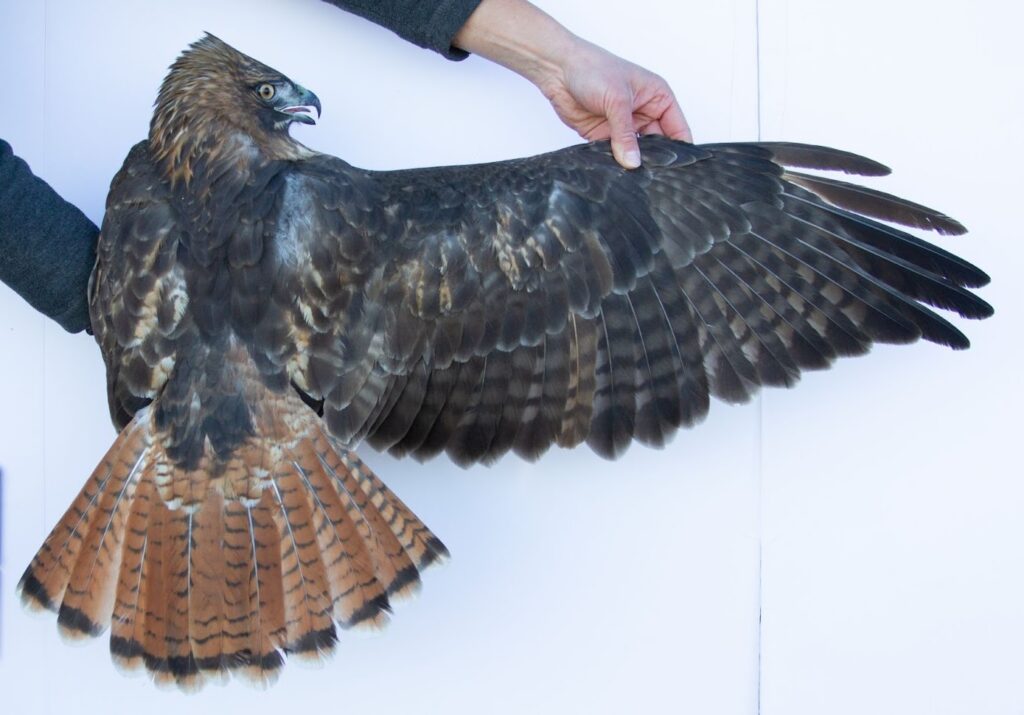
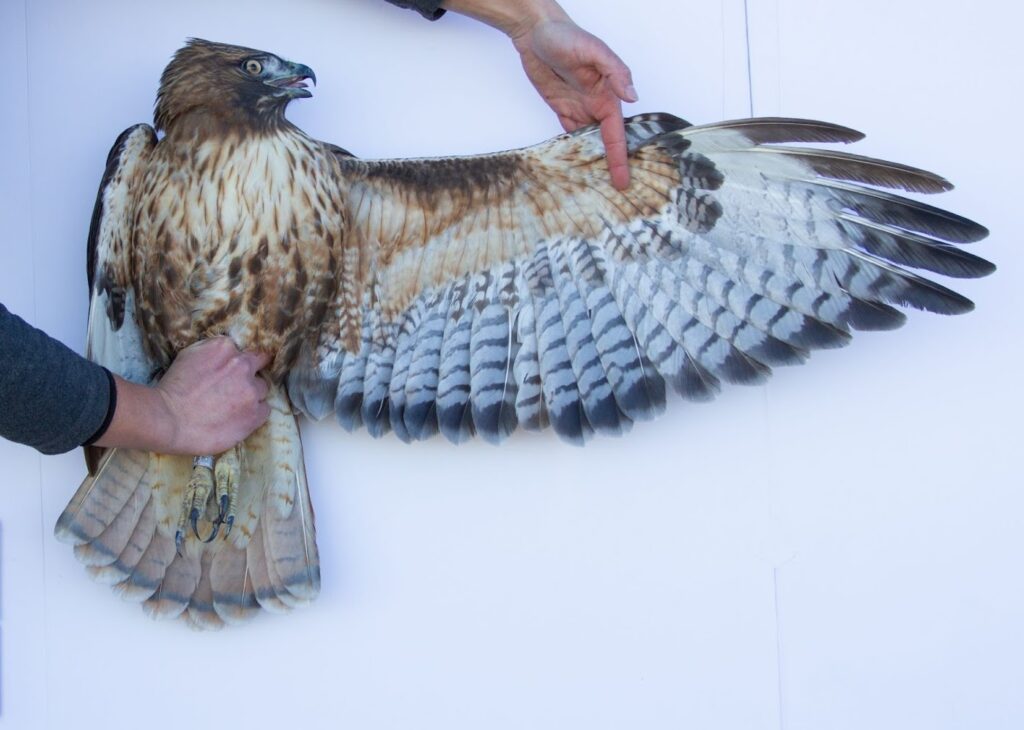
Above – Adult (plumage based age class) or Second Year (fall)/Third year (spring) Red-tailed Hawk (BBL age class). WRP Code would be SCB (Second Cycle Basic). PC Jesse Watson.
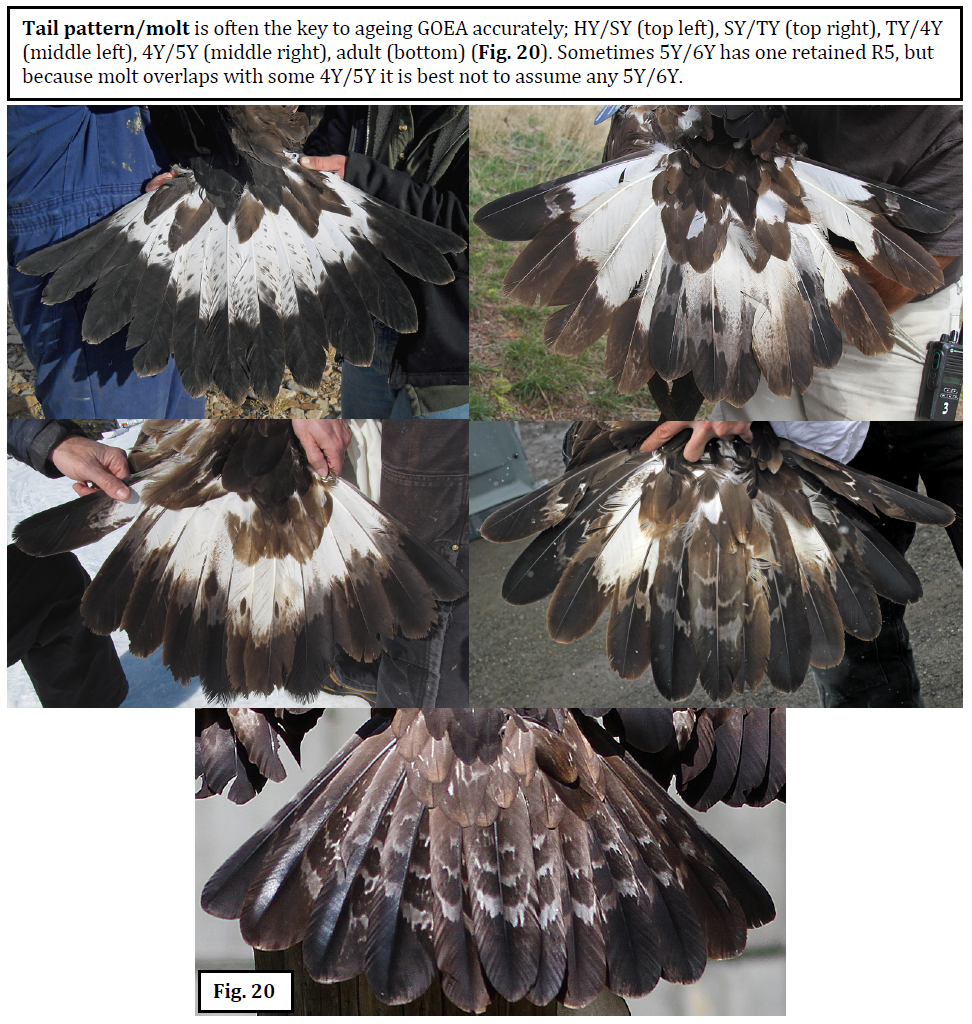

Nestling: A bird that lives in the nest and has not flown or left the nest
Fledgling: A bird that has flown for the first time and has left the nest. Fledglings often leave and return to the nest for several weeks before leaving the nest for good.
1st year: A bird in its first year of life, usually representing the time from late hatching through the following summer. In BBL age codes this bird could be a hatch year or a second year.
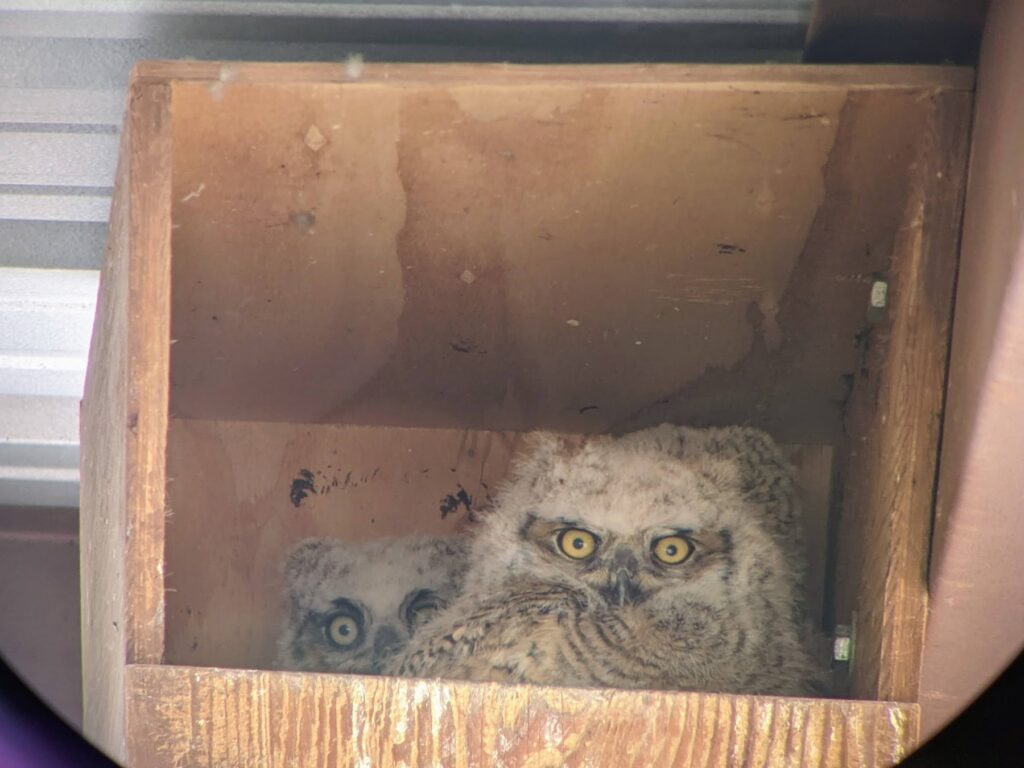

Want to take your learning further? On our free Raptor ID App (available for Apple and Android) you will find a terminology list, narrated videos of raptors in flight, and in-depth identification information on individual species. Additionally, the Raptor ID group on Facebook is a wealth of information that allows you to ask questions to other raptor experts and enthusiasts.
Happy hawkwatching!
This blog was written by Sammy Riccio, HWI’s Donor Engagement Coordinator. You can learn more about Sammy here.
